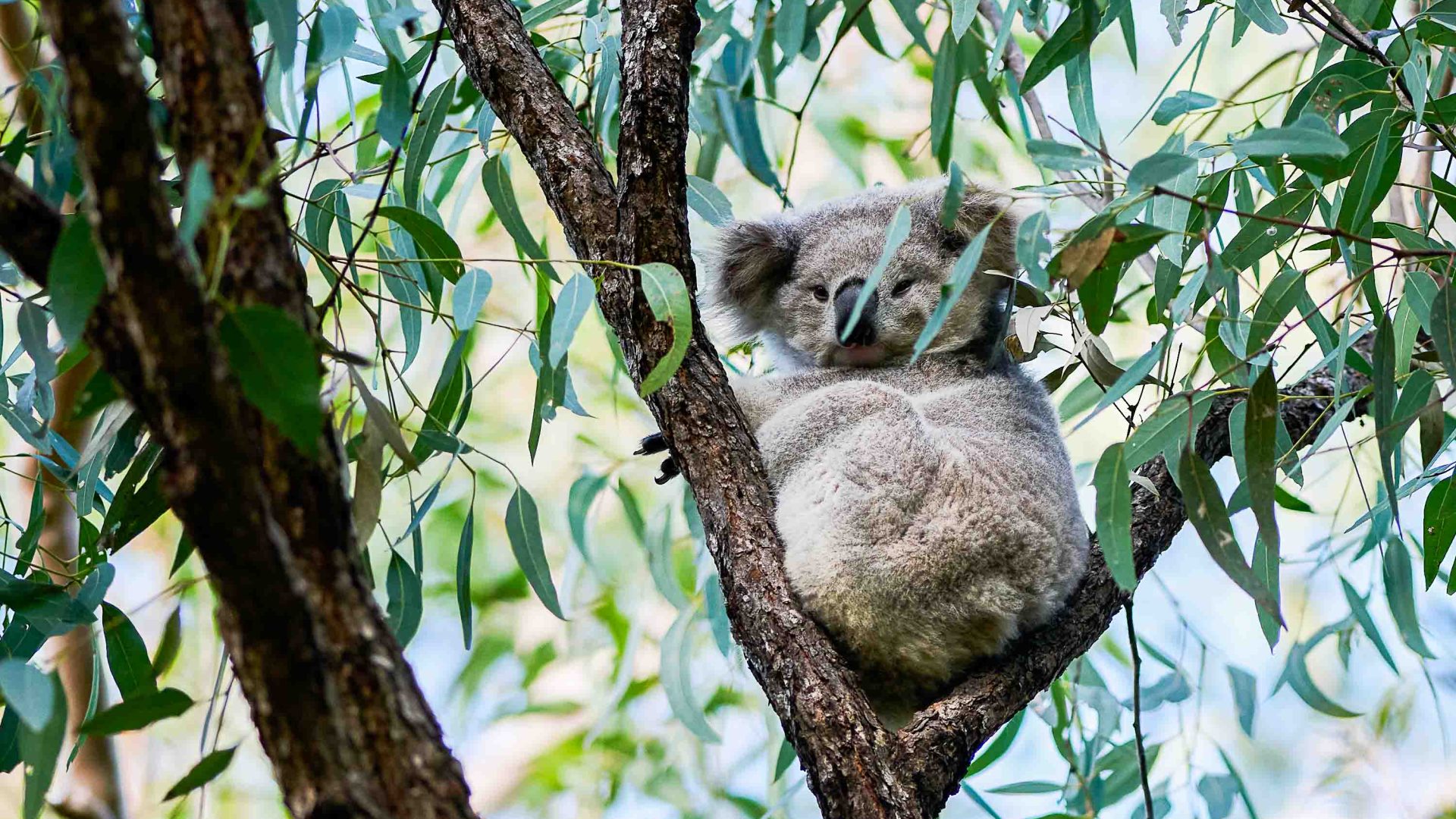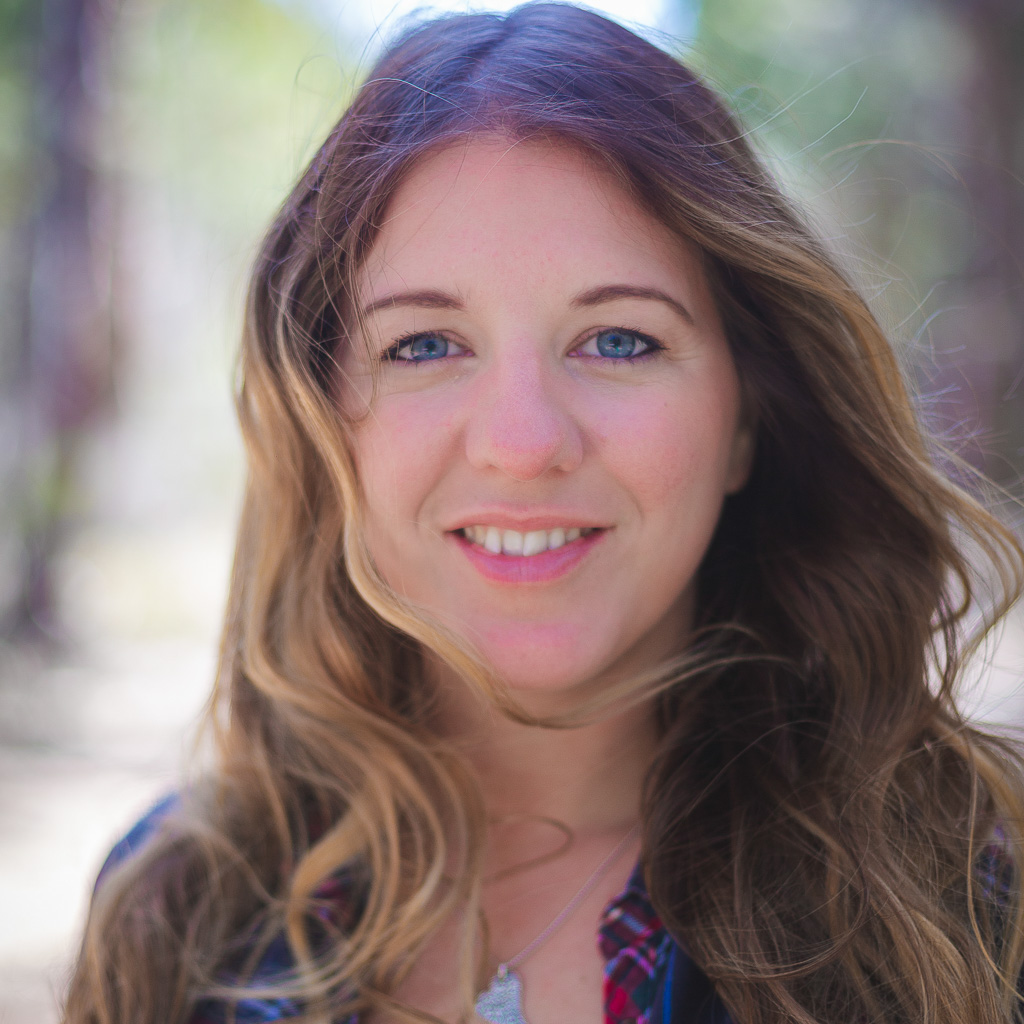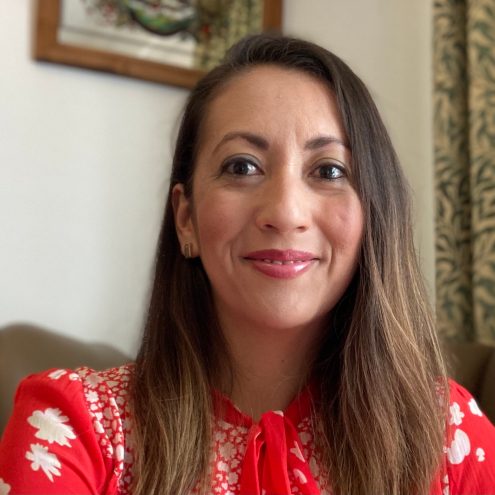
Habitat loss, wildfires, housing development, climate change and even chlamydia are all threatening koala populations in some parts of Australia. So what’s being done to better protect this iconic species?


Habitat loss, wildfires, housing development, climate change and even chlamydia are all threatening koala populations in some parts of Australia. So what’s being done to better protect this iconic species?
“I see one, I see one!” I shout, a smile spreading across my face as I jump up and down. Despite being in my 30s, spotting a koala in the wild apparently makes me act like an excited five-year-old.
This small patch of woodland—around 820 feet wide and two miles long—known as Smiths Creek in Campbelltown, west of Sydney, is home to one of New South Wales’ healthiest koala populations. However, the threats to the species are severe. With koalas facing extinction in the state by 2050, I knew we’d be incredibly lucky to see even one.
And, truthfully, with my neck aching from six hours spent peering up into the towering eucalyptus trees, I had all but given up hope. But Les Shearim, akaThe Wild Man of Smiths Creek, is not one to admit defeat. He’s a local legend when it comes to spotting koalas, and also the most Australian Australian I have ever met.
Wearing a wide-brim Barmah hat, with a humble, laid-back nonchalance, Les grew up as the son of a snake catcher. His love of the Australian bush and the country’s native animals isn’t just a passion—it’s a part of him.
“When me and my Dad were catching snakes and relocating them back into the wild, we always said we were saving the snakes from the humans, not the other way around,” Les tells me.
He moved to Campbelltown five years ago after his parents passed away, and Smiths Creek Reserve quickly became a place of solace as he processed his grief. He began photographing the koalas to monitor their health, reporting issues to Australia’s largest animal rescue organization WIRES.
These koalas here in Campbelltown feed on Cumberland Plain eucalyptus, which just happens to be an endangered species.
“Koalas started as just another beautiful animal to observe,” he says. “But seeing the challenges they faced, I became more involved in advocating for their protection, especially after the 2019 Black Summer fires.”
During these catastrophic bushfires, in NSW alone, it is estimated that 64,000 koalas lost their lives as 5.5 million hectares of bushland were consumed by flames.
Les can now recognize many of the local koalas on sight, and for those he can’t, he uses the unique black and white pigmentation markings on their snouts to identify them. It turns out that the koala we’d spotted, after following scat and claw marking clues, was two-year-old Scratch. Then just 500 feet from where we’d parked, we spot a very sleepy Milly.
“If I had to pick one, my favorite would have to be Franklin,” says Les, although you can tell he loves them all equally. “He used to live in my street before Gary, a bigger male, pushed him out. Franklin has been rescued six times in the past year and is currently being cared for by WIRES for ulcers.”
Encouraged by friends and family, Les set up a Facebook page which now has thousands of followers. It has helped create a sense of pride among the local community for the koalas that live on their doorstep, and also raises awareness of the threats these koalas face.
Someone who knows these threats inside and out is Ben Moore, an associate professor of ecology at the Hawkesbury Institute for the Environment at Western Sydney University.
Since completing his PhD in the early 2000s, Ben has focused almost exclusively on koalas. This includes working to identify the group of chemicals in eucalyptus trees that denote which trees koalas prefer to feed on. These koalas here in Campbelltown feed on Cumberland Plain eucalyptus, which just happens to be an endangered species.
“Habitat clearing for urban development and agriculture means there’s not much good koala habitat left, and then what is left—which is just about usable—is now starting to be taken as well,” explains Ben.
Chlamydia is another threat, and the disease is rife in koala populations, impacting fertility and causing a host of other health issues. Luckily Scratch, Milly and co. are chlamydia-free; in fact, they’re the last disease-free koala population in Greater Sydney, which makes them even more important.
Climate change is also a major threat, with increased CO2 levels diluting the nutrient content of eucalyptus leaves, making them less nutritious. And, as if that’s not enough, Australia’s notorious heatwaves, droughts, and increasingly more common and intense bushfires kill koalas and their habitat. Human development is a destructive cherry on top.
In fact, just 20 minutes down the road from where I stand admiring Scratch and Milly, thousands upon thousands of hectares of prime habitat have been destroyed, despite there being active breeding populations of koalas.
“As home to one of the last disease-free colonies in Greater Sydney, this area is very special,” says Stephanie Carrick, manager of the Sydney Basin Koala Network, run by the Total Environment Center. “The population has been growing but is now threatened by urban sprawl, with plans for 60,000 new homes in the next two decades,” she explains as we walk.
The epicenter of much of the habitat destruction in the area is Appin Road, a traffic-filled highway linking Sydney’s Western Suburbs, including Campbelltown, with the southern city of Wollongong.
Seeing the loss of habitat firsthand is devastating and it’s hard to fathom the extent of the damage. It’s even more difficult to understand how we can protect this habitat while also building homes for Australia’s growing population amid a well-documented housing crisis.
Overbrowsing is where trees become defoliated, leaving koalas starving and dying as the population booms.
“We’re not here with some anti-development agenda—we’re here for sensitive development that doesn’t result in the loss of important koala habitat,” explains Stephanie as she takes a photo of Scratch to upload into the ‘I Spy Koala’ app, which tracks koala populations in a bid to influence development plans. “It could be that instead of building 60,000 houses, it might be 55,000. They just need to amend where they’re building.”
When it comes to this type of development there are some clear recommendations from wildlife organisations and also a government-appointed expert independent panel, which allegedly are not being followed. For example, the panel’s chief scientists recommend koala corridors be expanded to a width of 1,280 – 1,400 feet.
“These corridors allow koalas to move freely, find mates, and access food,” says Stephanie. “If we safeguard these habitats, we can also protect the survival of other species like quolls, platypus, birds—all the creatures.”
Without these corridors, koalas are also more at risk of road strikes. Over 30 koalas were killed on Appin Road in 2023; totalling around 10 percent of the local population. Developers have promised koala underpasses to allow safe crossing, but these are yet to materialize. Meanwhile, WIRES is pushing for the speed limit to be lowered.
Another solution that has been put forward is offsetting, where developers can compensate for environmental damage in one area, by pledging to deliver greater environmental impact elsewhere.
“Offsetting doesn’t work and offsetting of the Cumberland Plain specifically doesn’t work,” explains Stephanie. “It’s basically impossible to recreate a whole forest by offsetting; by the time they’re sizable, the koalas have already been displaced.”
So what does work? Translocation has sometimes been helpful. In NSW, Queensland, and the Australian Capital Territory, koalas are on the endangered list. However, koalas are not at risk of extinction in Victoria and parts of South Australia. In fact, in some areas, overpopulation is the key issue.
The burgeoning numbers in Victoria is particularly remarkable considering koalas nearly went extinct there following European settlement in the 18th century. They were heavily hunted for their fur, which was exported to the US and London throughout the following century.
In a bid to save the species, koalas were introduced to Victoria’s offshore islands, including Quail, French and Phillip Islands. They were also relocated to South Australia’s Kangaroo Island. In 2018, I was lucky enough to see countless koalas on Kangaroo Island before the population was decimated by the 2019 fires. Over 41,000 koalas died on the island that summer alone.
But, translocation can have its own set of challenges. “Quail Island was the first record of ‘overbrowsing’,” explains Ben Moore. “The same thing happened on French Island.” Overbrowsing is where trees become defoliated, leaving koalas starving and dying as the population booms. Translocation of this kind also leads to a lack of genetic diversity.
Despite the strategy’s flaws, it remains a listed management action included in the current NSW Koala Strategy, and could be one of the many steps needed to address the declining populations in states where extinction is imminent.
You expect koalas and kangaroos to be everywhere when you visit Australia, but it turns out that’s not the case. It’s really special to see one.
- Megan Duff, US visitor
“Translocation is still used to some extent for various reasons but it has slowed down in the past 20 years. That was due to concerns about animal welfare—now largely assuaged—and also because koala overabundance is now primarily managed by fertility control, such as Levonorgestrel [hormone] implants,” continues Ben. “And certainly no-one would translocate koalas onto an island, or even a small area of high-quality habitat any more.”
Although there are many suggested solutions to save this iconic species, to me it seems the most humane is to stop building on their habitats in the first place. Driving past the flashing signs of Campbelltown’s Burger King and KFC earlier today, I couldn’t help but reflect on how much we’ve already encroached on their homes. And now, standing among the trees in Smiths Creek and hearing stories from Les of koalas being chased by off-leash dogs and stranded in backyards, it’s painfully clear how little habitat remains for them.
It’s not just us that cares either; the whole world does.
While out tracking, we bump into Stuart Hutchinson and his grandson Mitchell, who have lived bordering the reserve for years. When we find Scratch, Mitchell runs home, and soon the whole family joins us, including Megan Duff, a visitor from Michigan, US. They’ve been trying for a month to spot a koala, and the excitement is palpable.
“We’ve seen a lot of footage in the States about wildfires and displaced koalas, with heartbreaking videos of firefighters rescuing them,” she says. “You expect koalas and kangaroos to be everywhere when you visit Australia, but it turns out that’s not the case. It’s really special to see one.”
After today, it’s clear that the koala is a beacon of Australian tourism and pride, but also a stark reminder of our nation’s biodiversity crisis. As for whether we can save them before it’s too late? I sure hope so.
****
Adventure.com strives to be a low-emissions travel publication. We are powered by, but editorially independent of, Intrepid Travel, the world’s largest travel B Corp, who help ensure Adventure.com maintains high standards of sustainability in our work and activities. You can visit our sustainability page or read our Contributor Impact Guidelines for more information.






Can't find what you're looking for? Try using these tags: